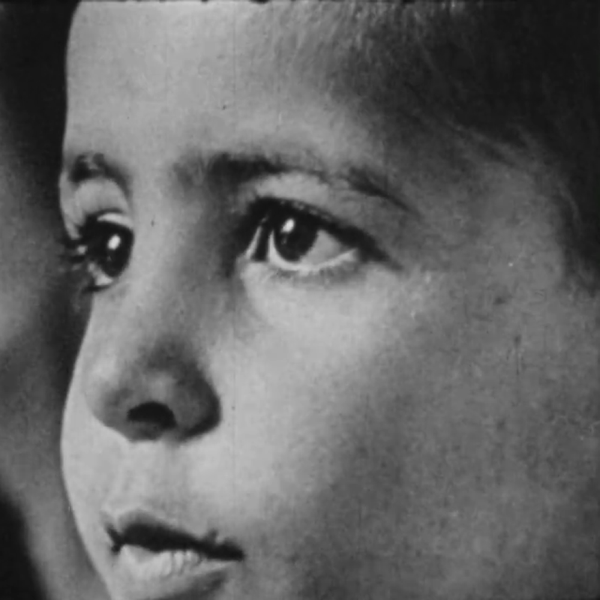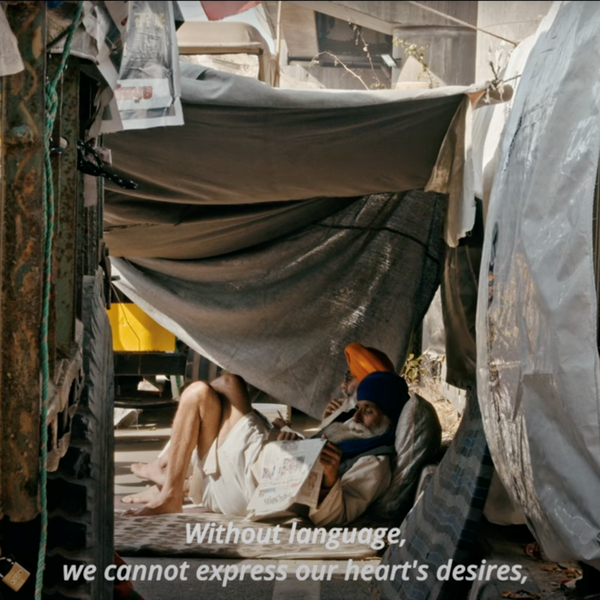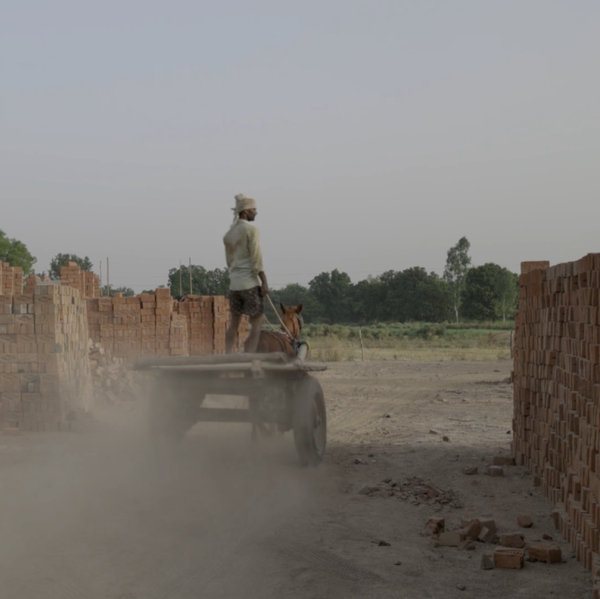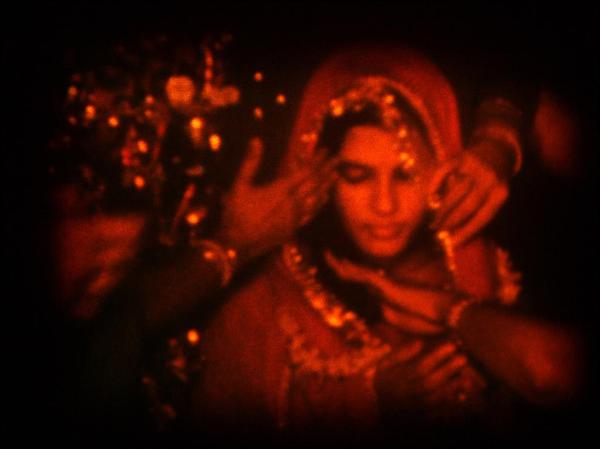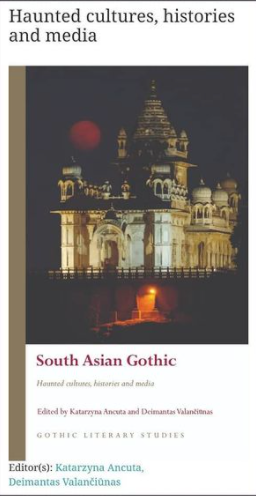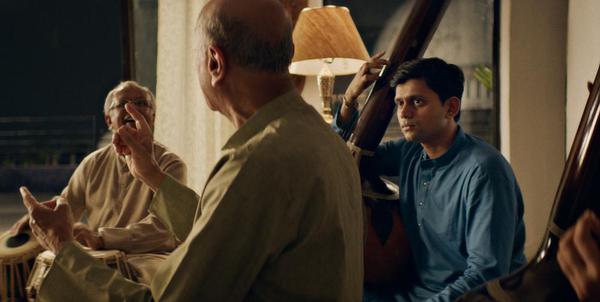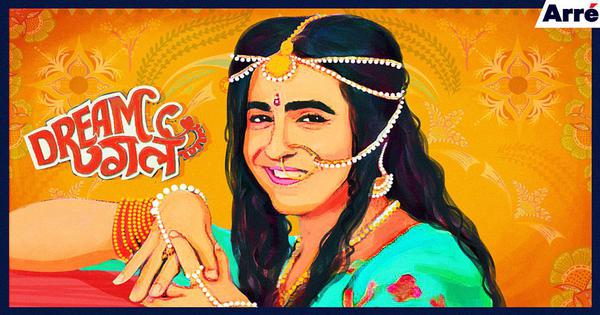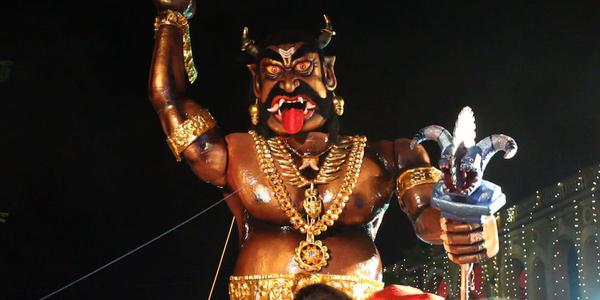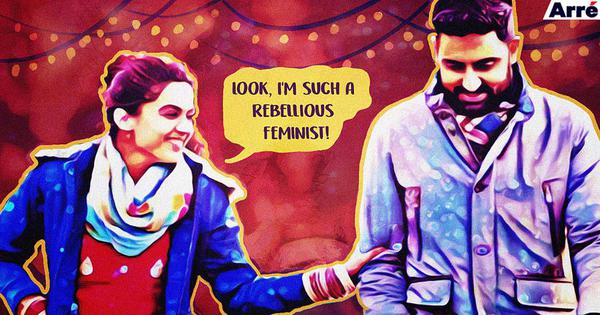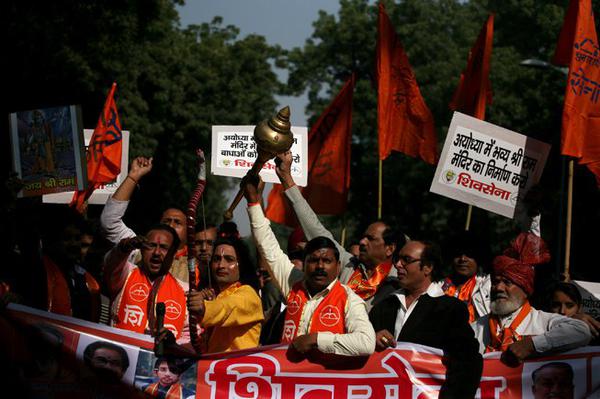South Asian Gothic Haunted cultures, histories and media, University of Wales Press
•
17th November 2021
Home Is Where the Horror Is: Pakistani Films and Historical Trauma
There are two broad positions on the matter of representing historical trauma in cinema. On the one hand: that the experience of trauma is so unimaginable that it can never be fully captured. On the other: that a mass medium like film can facilitate a public process of catharsis by interpreting memories of violence and rupture. The genre of the Gothic, defined by the repeated evocation of the past, is appropriate to tackle psychic wounds, both individual and collective.
In this paper, I will analyse two Pakistani films made forty years apart – Omar Ali Khan’s Zibahkhana (Hell’s Ground) (2007) and a film that it copiously references, Khwaja Sarfraz’s Zinda Laash (Dracula in Pakistan) (1967) – and look at how the South Asian Gothic addresses historical trauma. In the case of postcolonial narratives , the Other remains a central feature, if not in direct relation to Empire then to its legacy. While it has inherited the aesthetics of its colonial ancestor, the European Gothic, one prominent aspect of the hermeneutics of the South Asian Gothic has to do with the shock and tremors of Partition – a literal Othering from the Self – that continue into the 21st century as congenital and constitutive features of the modern nation-states that it resulted in.
